Phone:
(701)814-6992
Physical address:
6296 Donnelly Plaza
Ratkeville, Bahamas.
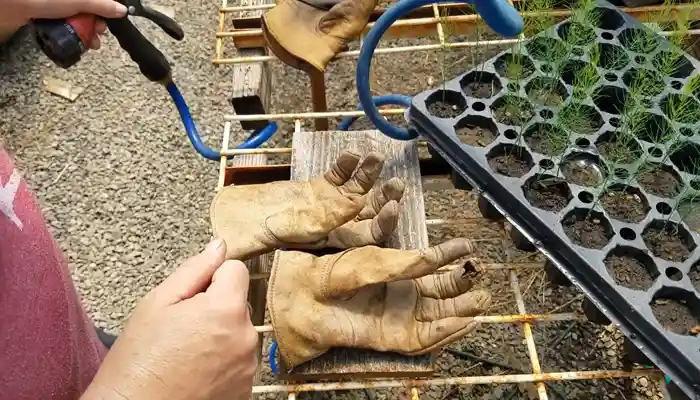
If you’ve ever had a pair of welding gloves that were just a little too big, you know how aggravating it can be. That’s why we’re here to inform you how to shrink welding gloves to fit you perfectly.
We’ll walk you through everything you need to know, from which gloves you can shrink to the way you can shrink. So whether you’re a beginner or a seasoned pro, read on for helpful tips on shrinking welding gloves properly.
With that said, without further ado, let’s get started with our discussion.
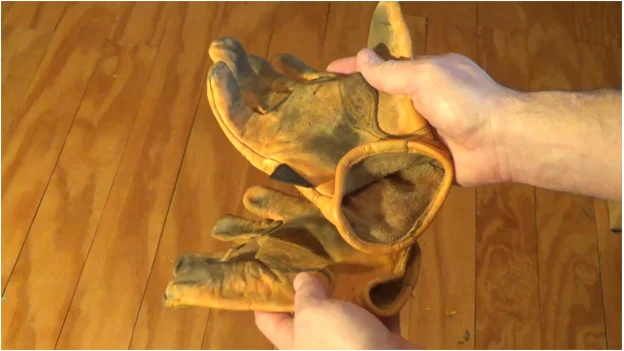
The following are some of the methods you can use to shrink the majority of the welding gloves that you may have:
What You Need
Before we get started, there are a few things you’ll need to shrink your welding gloves. First, you’ll need a pair of welding gloves made of shrinkable materials like leather or neoprene. You’ll also need access to a heat source like a hair dryer, oven, or steamer. And lastly, you’ll need something to protect your hands from the heat, like an old towel or rag.
This step is crucial! The water will help the heat penetrate the glove material and shrink it down. So make sure your gloves are thoroughly soaked before moving on to the next step.
Put your gloves on. Yes, you read that right. You need to wear gloves while you shrink them, so slip them on and ensure they’re snug. If they’re too big, you may need to wet them again and start over.
Now it’s time to get those gloves shrinking. .Apply heat evenly. Now it’s time to apply heat to your gloves using your chosen heat source. Remember to move the heat around so that all areas of the glove are exposed evenly.
Hold your hands over a heat source, a stove burner set to high works well, or you can use a hair dryer set to hot. Hold your hands about 6 inches away from the heat source and move them around so that all parts of the glove get exposed to the heat.
You should feel the gloves start to tighten up as they shrink.
Keep an eye on the clock. You don’t want to overdo it and singe your gloves, so keep track of how long you’ve been exposing them to heat. A good rule of thumb is to expose each glove to heat for 2-3 minutes.
Once you’ve reached the 2-3 minute mark, remove your gloves from the heat source and let them cool. Once they’re cool, try them on again. They should have shrunk down nicely. If they’re still too big, repeat steps 3-5 until they fit snugly. And that’s all there is to it. Just remember, never attempt to shrink welding gloves with heat while wearing them.
Let them cool and dry thoroughly. Once you’ve removed the gloves from the heat source, let them cool off and dry completely before wearing them again. And that’s it, just three easy steps, and you’ll have a perfectly fitting pair of welding gloves.
If your welding gloves are starting to feel a bit too big, there are a few things you can do to shrink them. One option is to soak the gloves in warm water for a few minutes. This will help the leather contract and shrink. Alternatively, you can apply dry heat to the gloves once they are wet.
This could be done with a hair dryer or by placing the gloves near a heater. Just be careful not to overdo it, as too much heat can damage the leather. With a little effort, you should be able to shrink your welding gloves so that they fit snugly and comfortably once again.
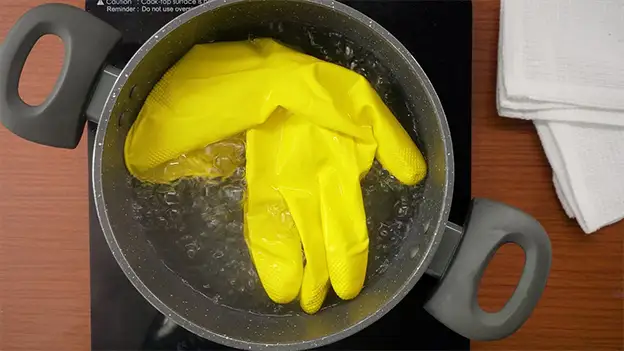
If you’ve ever tried to put on a pair of latex welding gloves, only to find that they’re too big, you know how frustrating it can be. Fortunately, there’s an easy way to shrink rubber gloves to make them fit comfortably on your hands. The most straightforward method is to simply submerge the gloves in hot water for a few minutes. The heat will cause the rubber to contract, resulting in a tighter fit.
If you don’t have access to hot water, you can also shrink rubber by blowing hot air onto it with a hair dryer. Just be careful not to get the gloves too close to the heating element, as this could damage them. With either method, it should be possible to shrink your latex welding gloves to fit snugly and easily.
Polyester is a strong and durable fabric, but it can sometimes be difficult to shrink. If you need to shrink your polyester welding gloves, the best way to do it is by using the dryer. Start by setting the dryer to the hottest heat setting and the longest drying cycle. Then, simply put your gloves in the dryer and let it run its full cycle.
You may need to run the cycle more than once to shrink your gloves fully, but this method is usually very effective. Just be sure to check your gloves frequently to make sure they are not shrinking too much. Once they have reached the desired size, you can remove them from the dryer and enjoy their new fit.
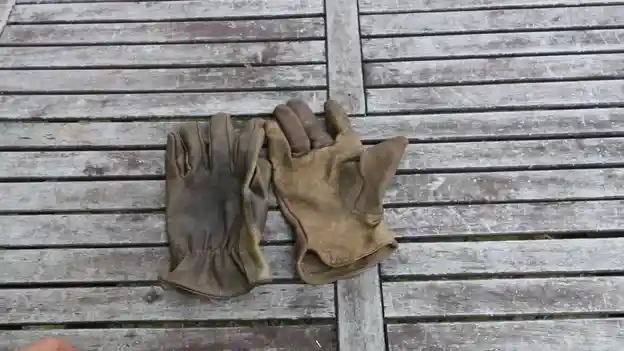
When it comes to welding gloves, size really does matter. If the gloves are too big, they can easily be pulled off in the midst of a weld. This not only exposes the welder’s hands to the dangers of the arc but it can also disrupt the weld itself. As well, oversized gloves can make it difficult to grip and control the welding torch. Therefore, welders who choose gloves that are too large may find themselves struggling with both safety and quality issues.
On the other hand, gloves that are too small can be just as problematic. They may constrict the welder’s movement and limit dexterity, making it difficult to create a clean, precise weld. Tight-fitting gloves can cause discomfort and even skin irritation. For these reasons, it is important for welders to choose gloves that fit snugly without being too constricting. By taking the time to find the right size welding gloves, welders can help ensure both their safety and their success.
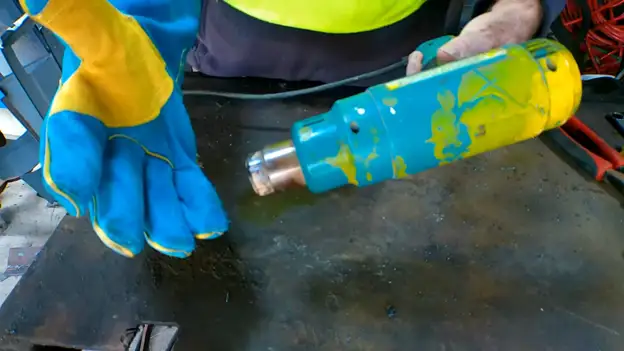
Before we start digging, let’s have a look at the amount of heat welding gloves withstand. Most gloves are designed to withstand contact with metals that have been heated up to 2,000 degrees Fahrenheit for short periods of time, and temperatures of up to 932 degrees Fahrenheit for longer periods of time. This allows welders to work without fear of burns and also provides some protection in case of splashes from the molten metal.
Of course, no glove is completely heatproof, and welders need to be careful to avoid prolonged exposure to high temperatures. By following these simple safety guidelines, welders can work safely and confidently, knowing that their gloves will provide some protection against the intense heat of the welding process.
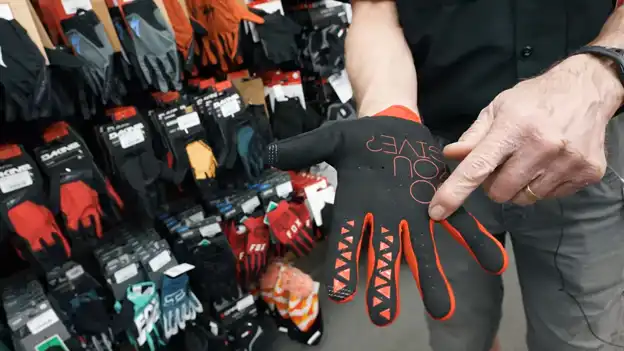
If you find yourself in this situation, you can do a few things to make the gloves fit better. One option is to wear a pair of thinner gloves underneath the too-large gloves. This will help to fill out the excess space and make the gloves feel snugger.
Another solution is to use a bit of tape or string to cinch the gloves at the wrist. This will keep the gloves from sliding around and hopefully make them more comfortable to wear. With a little bit of creativity, it is possible to make even the largest gloves fit snugly and securely.
The answer may vary depending on the type of welding you’re doing, but in general, you want them to fit snuggly on your hands without feeling like your movement is restricted. If they’re too loose, they can become a hazard themselves, catching on fire or getting caught in equipment.
If they’re too tight, you won’t be able to dexterity you need to do your job properly. The best way to find the right fit is to try on a variety of gloves and weld with them for a few minutes to see how they feel. With a little trial and error, you’ll be able to find the perfect pair of welding gloves for your needs.
Over time, gloves can become worn or damaged, increasing the risk of injury. For this reason, it is important to regularly inspect your gloves and replace them when necessary. Depending on the type of glove and the level of wear, most experts recommend replacing welding gloves every 3-6 months.
By following this schedule, you can help to ensure your safety and improve your welding performance. So don’t wait until your gloves are falling apart, make sure to inspect them regularly and replace them as needed. Your hands will thank you for it.
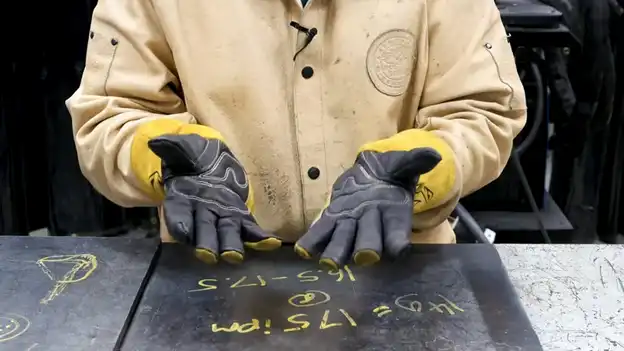
In terms of welding gloves, there are a few different materials that can be used. Some are more durable than others, and some offer better heat and spark protection. Here is a closer look at three common materials used for welding gloves, so you can decide which one is right for you.
Aside from this, there are some other types of welding gloves that we discussed earlier that might be useful to you as well. These include gloves with removable liners and gloves that are specially treated to resist heat and flames.
No matter which material you choose, make sure that your welding gloves are comfortable and fit properly. With a little bit of research, you can find the perfect pair of gloves to keep your hands safe while you weld.
Always store your welding gloves in a cool, dry place when not in use. This will help to prevent the leather from drying out and cracking. When you’re ready to start welding, make sure that the gloves are dry and free of any contaminants.
Moisture and grime can cause the gloves to deteriorate quickly. After each use, inspect your gloves for any signs of damage or wear. If you notice any tears or holes, be sure to repair them right away. With proper care, your welding gloves will last longer and provide better protection while you work.